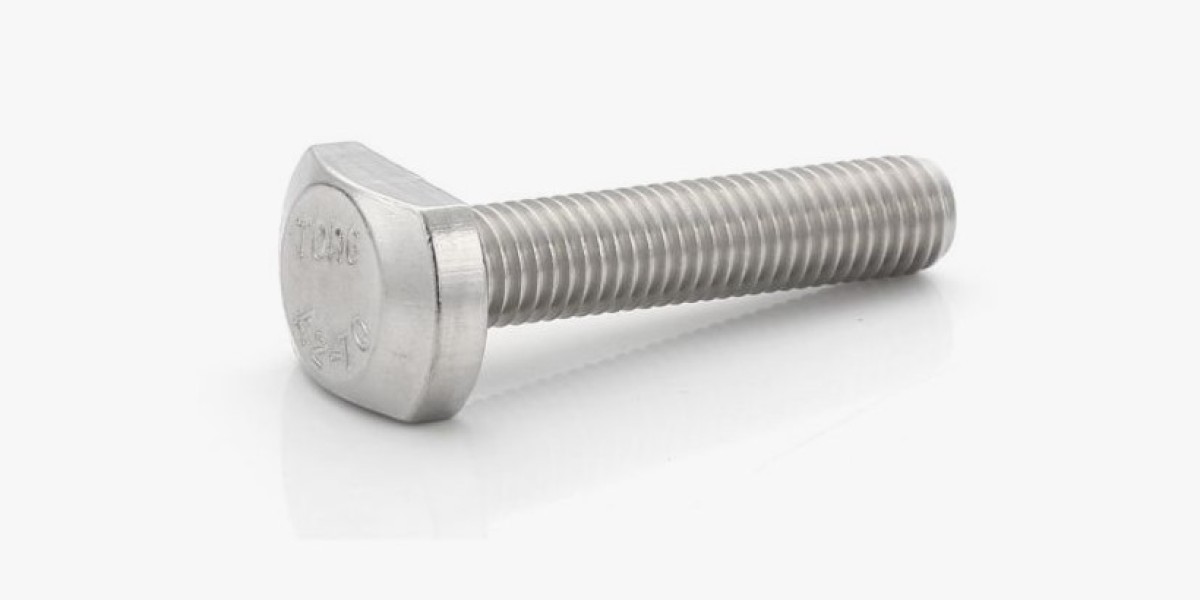Ship carriers, among the largest engineered vessels on Earth, are floating fortresses powered by complex networks of machinery, piping systems, propulsion units, and electronic control panels. While discussions often focus on their size or cargo capacity, the real ingenuity lies in how these systems are integrated, mounted, and maintained.
In modern shipbuilding, modular engineering plays a crucial role. Systems are built, tested, and optimized in sections before being installed onboard, allowing for efficient assembly, scalable design, and ease of maintenance. This modularity, however, relies heavily on robust fastening and support systems—ensuring that vital machinery stays secure even under constant vibration, thermal expansion, and exposure to marine elements.
The Role of Modular Machinery in Ship Carriers
Modular ship machinery refers to pre-fabricated units of mechanical or electrical systems that can be:
Built offsite,
Installed rapidly on the vessel, and
Replaced or upgraded with minimal downtime.
These include:
Pump skids
Air compressors
Fuel treatment systems
Power distribution panels
HVAC blocks
Each module includes its own frame, electrical connections, plumbing, and even isolation mounts. Once onboard, they are bolted into place—locked into steel mounting rails and bulkheads with engineered fasteners specifically designed for shipboard conditions.
Fastening Technology: The Hidden Foundation
Mounting these modules is not as simple as using standard bolts. The machinery must endure:
Hull vibration and flex
Dynamic loads from ocean movement
Thermal expansion and contraction
Corrosive saltwater spray
That’s where specialized fasteners like ss t bolts come into play.
SS T bolts, made from corrosion-resistant stainless steel, are designed with a T-shaped head that fits snugly into slotted mounting rails. Their design allows for:
Quick and secure positioning
Adjustability along tracks
Even load distribution
Resistance to loosening from vibration
These fasteners are commonly used to secure engine skid frames, electrical panel brackets, and even shipboard cargo systems, offering shipbuilders and engineers a reliable, reconfigurable way to mount hardware securely within tight spaces.
Benefits of Modular + Secure Mounting Systems
This combination of modular units and advanced mounting provides numerous benefits:
1. Speed of Installation
Pre-built modules can be installed in days rather than weeks, saving costly shipyard time.
2. Ease of Maintenance
Modules can be unbolted, removed, and replaced without cutting or welding, reducing downtime and improving safety.
3. Space Optimization
Using track-mounted systems with ss t bolts allows engineers to reposition equipment to optimize internal layout, weight distribution, or access for maintenance.
4. Corrosion Resistance
Mounting systems are selected not just for strength, but for their durability in marine environments. T bolts in 316 or duplex stainless steel resist pitting, crevice corrosion, and rust.
Case Study: Mounting a Seawater Cooling System
A seawater cooling system consists of pumps, filters, and piping that dissipate heat from the engines and generators. These systems must be aligned, securely mounted, and isolated from vibration.
Using:
Vibration isolation mounts
Stainless steel skid plates
Adjustable brackets
SS T bolts for mounting
…engineers can install the system along the ship’s inner hull quickly and precisely. During maintenance, bolts can be loosened without corrosion seizing them, allowing the entire unit to be shifted or lifted with minimal disruption.
Maintenance in Harsh Conditions
Maintenance crews working aboard ship carriers often deal with high humidity, fluctuating temperatures, and limited access spaces. Fasteners must be:
Easy to access
Resistant to galling and seizing
Compatible with hand tools
T bolts meet these needs. Unlike hex bolts that require perfect alignment, T bolts can be slid into position along rails—ideal for tight spots near engine rooms or tank spaces.
Additionally, marine-grade T bolts are often paired with:
Lock washers
Anti-seize lubricants
UV-resistant polymer coatings
…to extend lifespan and ensure mechanical performance under long-term marine service.
Broader Application on the Vessel
Beyond machinery, SS T bolts and similar fasteners are used throughout the ship carrier for:
Mounting solar panel frames on hybrid-electric vessels
Supporting sensor arrays and communication units
Holding electrical cable trays above deck
Securing fire suppression plumbing systems
Connecting removable partitions in crew spaces or control rooms
Their modular nature also supports adaptability—especially useful when upgrading ship systems or reconfiguring for new missions or cargo types.
Evolving Standards and Sustainability
As shipbuilding shifts toward greener and smarter vessels, even fasteners are getting smarter:
Some T bolts are now available with torque-monitoring sensors
Others are made from recycled stainless steel to reduce environmental impact
Coatings are optimized to resist microbial growth in humid areas
Standards such as DIN 261, ISO 3506, and marine-class notations from DNV, ABS, and Lloyd’s Register are used to certify these components for critical onboard applications.
Final Thoughts: Tiny Hardware, Massive Impact
In the massive machinery ecosystem of a ship carrier, it’s easy to overlook the importance of mounting systems and fasteners. But just as a skyscraper relies on thousands of hidden bolts for stability, so too does a ship depend on fasteners like ss t bolts to anchor its complex network of machines.
They may be small, but these components carry the responsibility of holding the ship’s systems together in some of the harshest environments known to engineering. Without them, even the best engines, pumps, and electronics would be at constant risk of failure.








